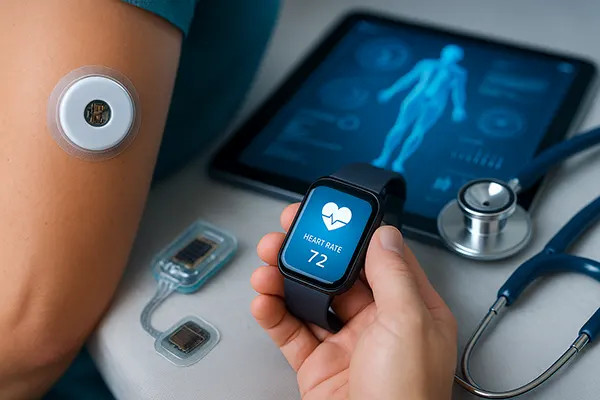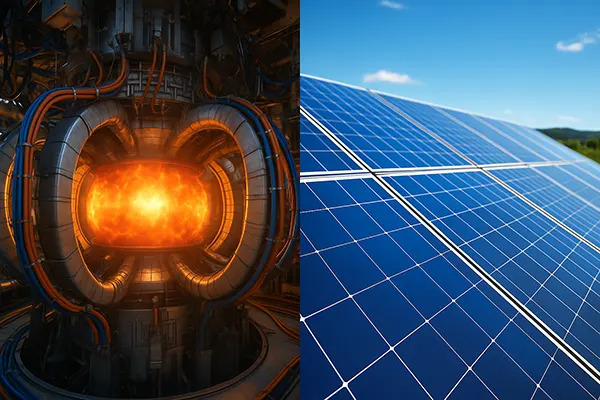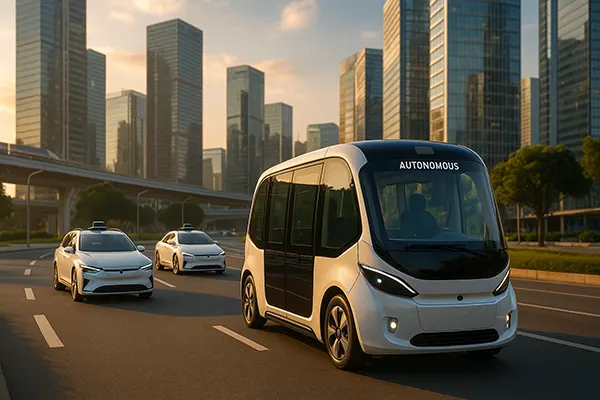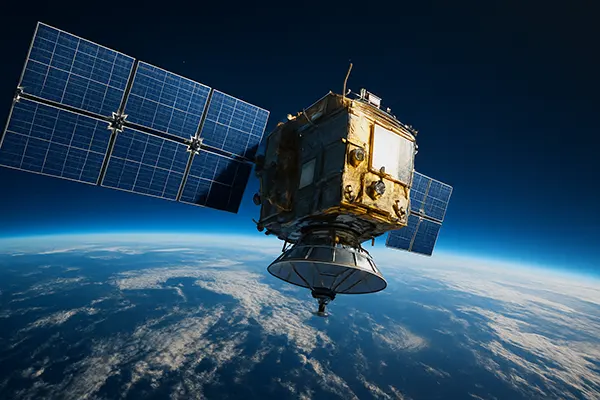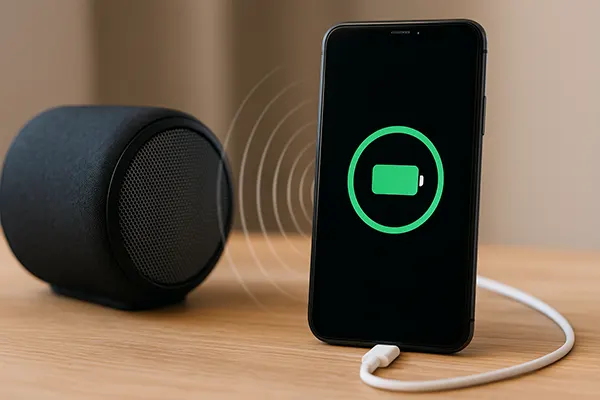
Sound Energy: Is It Possible to Charge Phones with Music?
The idea of charging smartphones using sound energy, particularly music, might sound like something straight out of science fiction. However, researchers have been exploring the feasibility of converting acoustic vibrations into usable electrical energy. In a world where renewable energy is becoming increasingly crucial, sound energy presents an intriguing alternative — but how practical is it in reality?
Understanding Sound Energy and Its Conversion
Sound energy is a form of mechanical energy that travels in waves through air, water, or solids. Unlike solar or kinetic energy, which are already used in everyday technologies, sound energy has largely remained an untapped resource for practical applications like charging devices. That said, converting sound to electricity is technically possible through piezoelectric materials — substances that produce an electric charge when compressed or vibrated by sound waves.
Over the past decade, researchers have built experimental setups where piezoelectric nanogenerators produce microcurrents when exposed to ambient noise. These generators work best when surrounded by high-decibel environments, such as traffic-heavy areas or concerts. In such conditions, they can harvest vibrations and convert them into a limited electrical output — but that energy is still too minimal for practical smartphone charging.
Another approach involves triboelectric nanogenerators (TENGs), which use the friction between surfaces to generate electricity. When combined with sound-induced vibrations, TENGs show improved output. However, despite progress in labs, such systems currently lack the efficiency and scalability needed to replace traditional charging methods for mobile phones.
Current Limitations of Sound-Based Charging
The primary obstacle is the amount of power sound energy can realistically generate. Smartphones typically require 5 to 10 watts of power for charging, but sound energy captured even in noisy environments rarely exceeds a few milliwatts. To put that in perspective, it would take several hours of loud music at concert level (around 110 dB) just to generate a few seconds of battery life.
Another issue is the need for bulky or sensitive equipment to harvest and convert sound energy effectively. While some lab models show promise, these systems are not yet compact or durable enough for everyday consumer use. Embedding such technology into a smartphone or small wearable device remains a significant engineering challenge.
Additionally, the human environment often lacks the consistent noise levels required for meaningful energy capture. In quiet home or office settings, the energy yield would be negligible. Thus, relying solely on sound for smartphone charging would be unreliable and inconsistent in most real-world scenarios.
Recent Research and Technological Developments
In 2023 and early 2025, several research teams made notable strides in improving nanogenerator efficiency. For instance, scientists at the Korea Advanced Institute of Science and Technology (KAIST) reported the development of a hybrid nanogenerator capable of harvesting both sound and vibration energy with a conversion efficiency close to 9%. While still far from the requirements of phone charging, it represents a substantial improvement over earlier models.
Start-ups and university labs in Europe have also explored integrating sound-harvesting films into building materials and wearable fabrics. The goal is to develop surfaces that could absorb ambient noise and contribute to small-scale power generation. Though such applications may not charge phones directly, they could support low-energy sensors or Bluetooth devices, enhancing energy autonomy in smart homes or industrial settings.
Another promising area of development is in the miniaturisation of piezoelectric chips. If integrated into future smartphones, these chips might allow passive energy collection from voice commands or music playback — not as a primary energy source, but as a supplementary feature to extend battery life slightly over time.
Potential Real-Life Applications Beyond Smartphones
While sound-based charging may not replace USB cables anytime soon, the technology holds potential in areas where power demand is minimal. For instance, hearing aids, wireless earbuds, or fitness trackers could benefit from ambient sound to recharge incrementally throughout the day. This could reduce dependency on frequent charging and enhance user convenience.
Urban noise pollution, often seen as a nuisance, could be repurposed for energy harvesting. Embedding sound-responsive materials into the surfaces of buildings, pavements, or public transport could offer micro-energy solutions for lighting systems, motion sensors, or emergency devices. These ideas are already being tested in smart city pilot programmes.
In remote areas or disaster zones where conventional power sources are unavailable, sound energy — even in minimal forms — could serve as a temporary solution for powering communication devices or emergency sensors. Although such applications remain experimental, they highlight the adaptability of this form of energy in diverse contexts.

Future Outlook and Integration Possibilities
Though we are still far from being able to plug our phones into a speaker and watch them charge, the science behind sound energy is evolving. As material science improves and devices become more energy-efficient, the threshold for useful power generation will lower. Sound energy may eventually become one of many small contributors in a diversified renewable ecosystem.
Battery technology is also advancing, with innovations in low-power consumption and longer standby durations. This opens doors to hybrid energy models, where solar, kinetic, and even sound work together to keep devices running longer without traditional charging. Future smartphones could be designed with integrated micro-harvesters that supplement battery life using ambient conditions.
In education and research sectors, sound energy remains a valuable topic, pushing the boundaries of what is technically possible. The combination of environmental science, engineering, and nanotechnology could one day bring forth a commercially viable solution. Until then, the concept of music-powered phones remains an exciting — albeit currently impractical — idea grounded in real scientific exploration.
What It Means for Everyday Users
For the average smartphone user, this technology might seem like a distant dream. However, staying informed about such innovations helps us imagine a future where our everyday interactions with sound might also help power the devices we rely on. It’s a small but significant part of the larger sustainability conversation in tech.
Users interested in greener technology should keep an eye on how such experimental concepts develop over time. Even if phone charging via music isn’t feasible today, the incremental advancements made in related fields can lead to more efficient devices, energy-saving features, or hybrid charging solutions in upcoming gadgets.
In summary, while sound energy isn’t ready to charge your phone yet, it’s far from a pointless pursuit. Research continues, and one day, your playlist might do more than entertain — it might energise.

